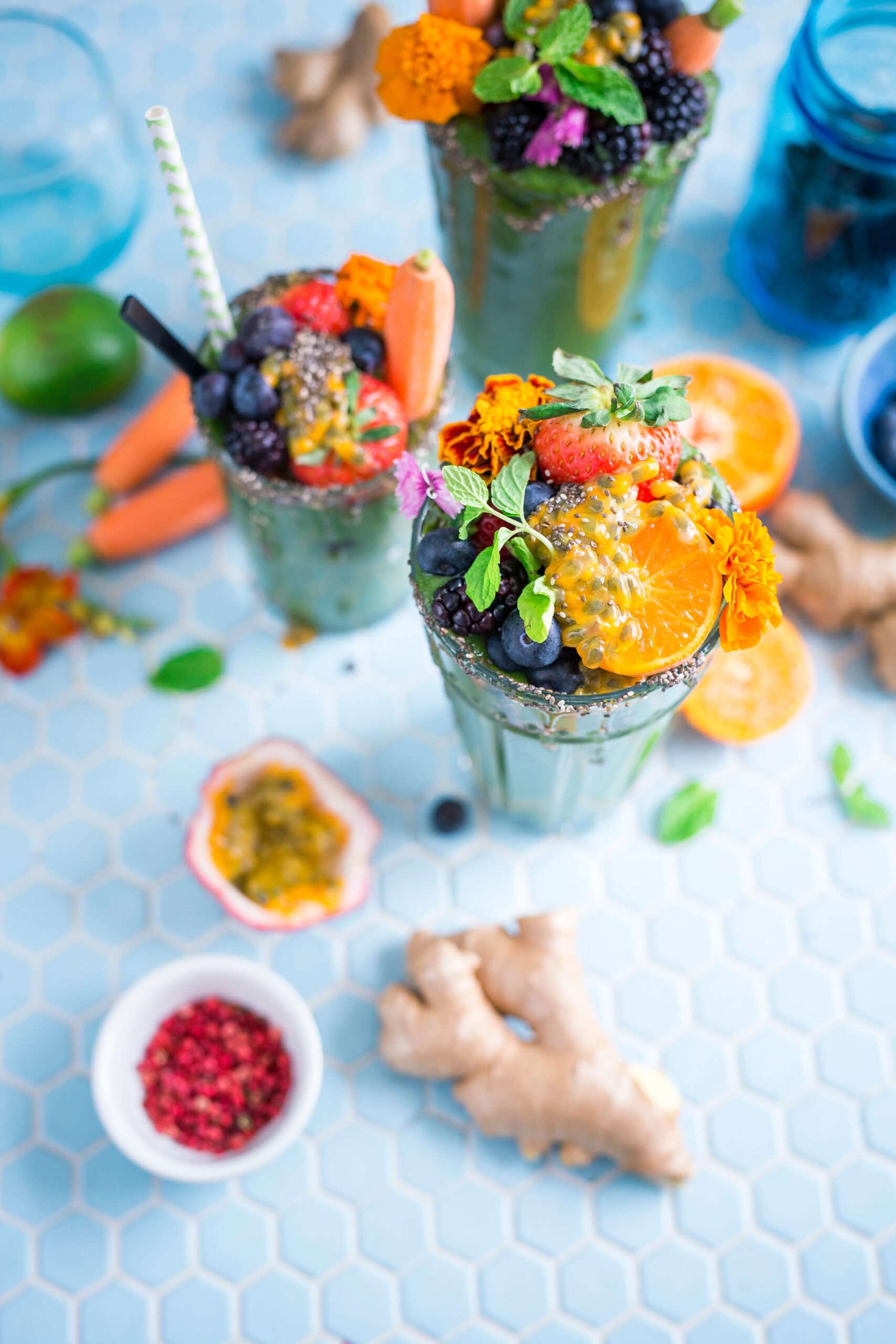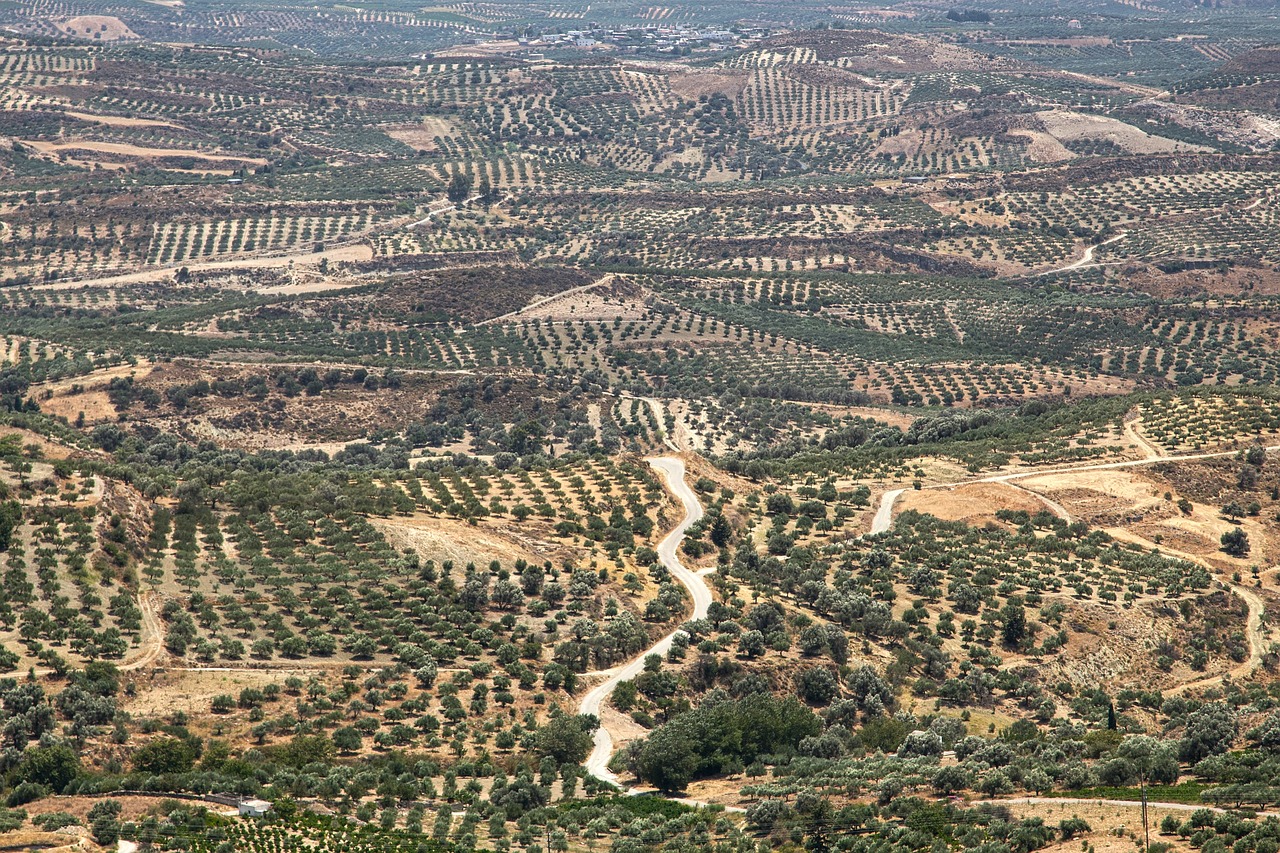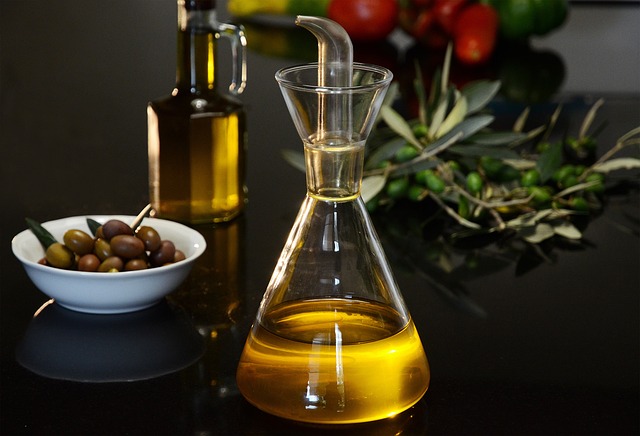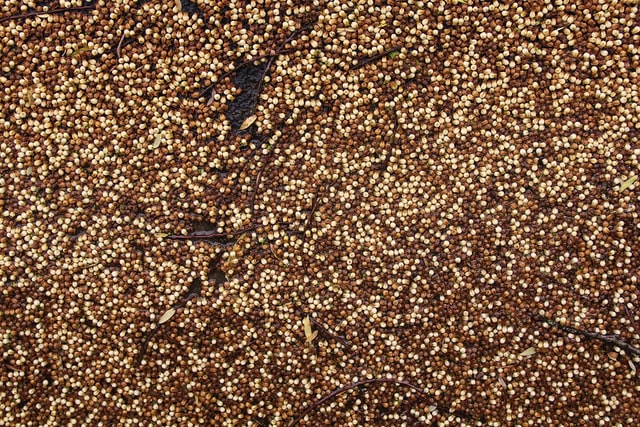What is Spirulina Powder – Is it really healthy?
Who would have thought the perfect vegan, all-natural and sustainable source of proteins would come from seaweed? That’s precisely what spirulina is, a unicellular, free-floating blue-green alga that grows in marine tropical waters across the world.
Today spirulina is a unique plant-based source of protein, nutritional supplement, and even a healthier feed for the fish and animals we consume. The cyanobacteria can do it all; it was even recommended as astronaut food! And despite its recent popularity, it’s still unknown to the public. That changes today. Read on and find everything you wanted to know about spirulina, from its origin to its nutritional value, from its health benefits to the best ways of consuming it.
Let’s add spirulina to our diets, both for our health and the well-being of the planet. It’s not too late to let spirulina save the world! Do you think we’re exaggerating? Well, we’re not!
What is Spirulina, anyway?
Spirulina is an alga; therefore, it’s a plant. There are many types of algae, though, and they’re as varied as the plant kingdom on firm land. Spirulina is a unicellular photosynthetic free-floating alga that grows when the alkaline and saline conditions in the water are just right. This means they feed on the sun.

Interestingly, like many other ingredients that have changed the world as we know it, including vanilla, cacao beans and tomatoes, spirulina is native to Mexico. The country’s central region is known for its lakes and lagoons, some of which were replaced by the massive Mexico City. It is in these green waters that spirulina came to be.
The first European visitors to America in the 16th century discovered the alga, but chances are the ancient civilizations in Mexico already knew and consumed spirulina. The nutrient-rich plant disappeared in time, though, only to be rediscovered in the 20th century. From there, it has gained massive popularity.
Spirulina Nutritional Value
Spirulina has many nutritional benefits. For starters, it has an impressive number of plant-based proteins, essential for sustaining plant-based diets. One tablespoon of spirulina has 4 grams of protein. It comes without saying animal protein is linked to most modern diseases, and farming animals for their meat is partially responsible for global warming.

The green powder also has excellent Vitamin B1 or thiamine levels, which stabilize your mood while helping break down carbohydrates into energy. Vitamin B2 or riboflavin that helps maintain the tissues in the body. And Vitamin B3 or niacin, which also turns food into energy.
Spirulina is also high in iron, copper, magnesium, potassium and manganese. Essential nutrients we only get through food. There’s sufficient evidence to say that gram-for-gram spirulina is the most nutritious food on the planet.
Last but not least, there are traces of Omega-3 and Omega-6 fatty acids in spirulina, essential compounds rarely found in the plant kingdom. This makes the supplement a lifesaver for people on plant-based diets.
Spirulina Benefits and Side Effects
Besides the nutrition in spirulina, the alga also has many beneficial effects on the body. It’s an extraordinary antioxidant, meaning it helps fight free radicals floating in the bloodstream. Free radicals are responsible for chronic inflammation and many other chronic diseases.
Spirulina might lower ‘bad’ low-density cholesterol and blood sugar levels in your bloodstream, and for its high levels of iron, it’s helpful to prevent and treat anemia.
Spirulina acts at many levels, in your digestive system, improving the health of gut bacteria, in your circulatory system, reducing inflammation and, in your muscles, helping them develop and recover.
As for the dangers and side effects of spirulina, contrary to common belief, there are no risks related to spirulina consumption and breastfeeding. There’s a chance, though, that low-quality spirulina is contaminated with harmful substances, primarily when cultivated in unhealthy water. Sourcing spirulina from a reputable producer or retailer can reduce that risk.
How to Consume Spirulina?
When dried, spirulina is a green powder, making it extremely easy to include to your diet. Although you’ll also find capsules and pellets, the best way to enjoy the benefits of spirulina is by adding it in powdered form to other foods. Make it part of a healthy, balanced diet.
Add a few tablespoons of spirulina to milkshakes, protein shakes, smoothies and natural juice for a protein boost. You can also combine it with other supplements, including moringa or matcha tea, for better results.
Adding spirulina to your bowl of granola or using it to add color to yogurt is typical, too, and quite tasty, especially for breakfast. Or just dust your salad with spirulina for a nutritious lunch.
Spirulina is better consumed in its raw form when its nutritional compounds are intact. You can also cook with spirulina, adding it to cookies or cakes, but it’s better for you when consumed raw. Go, one, try the marvelous alga!
Sources:
- https://en.wikipedia.org/wiki/Spirulina_(dietary_supplement)
- https://www.healthline.com/nutrition/10-proven-benefits-of-spirulina
- https://www.webmd.com/vitamins-and-supplements/health-benefits-of-vitamin-b-1
- https://www.medicalnewstoday.com/articles/324027




